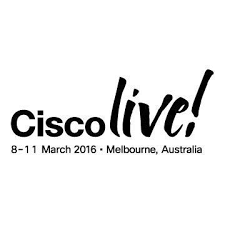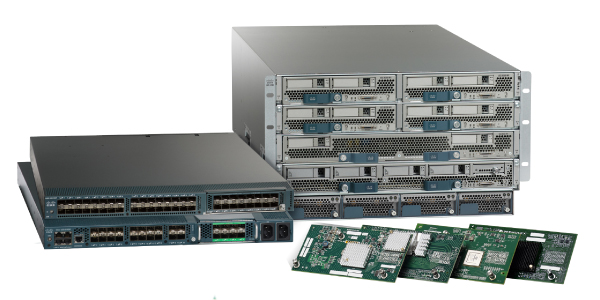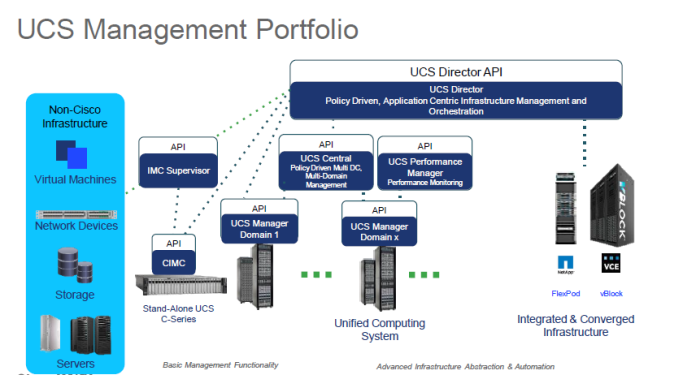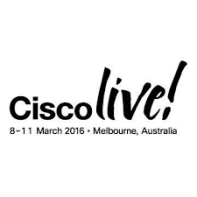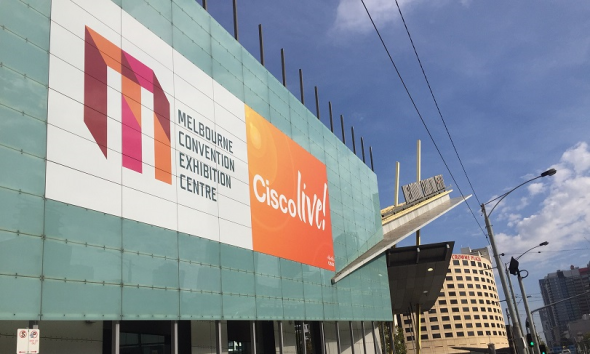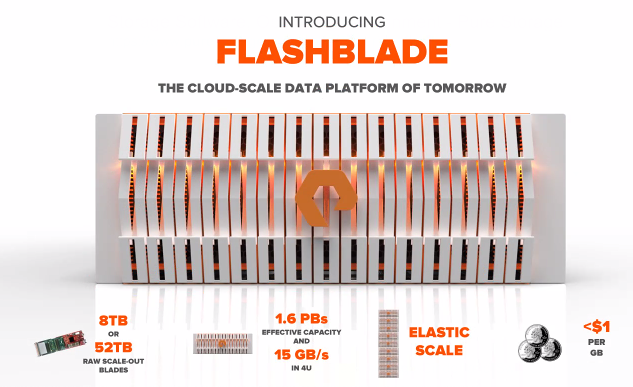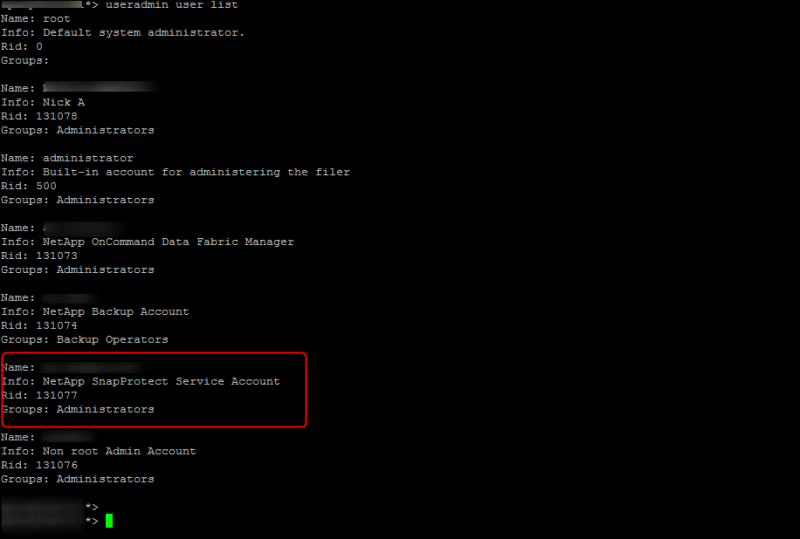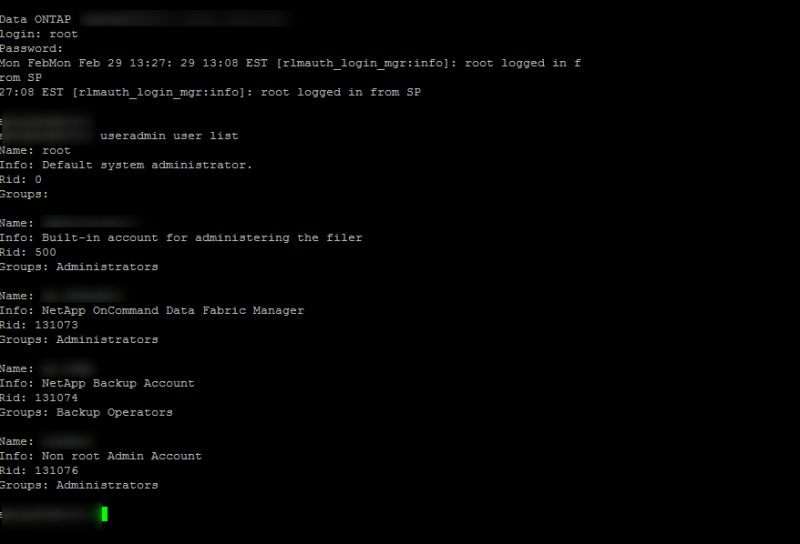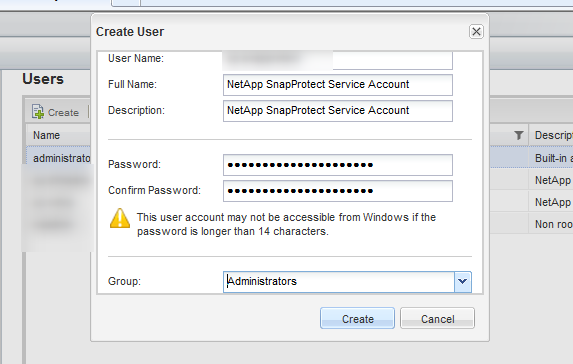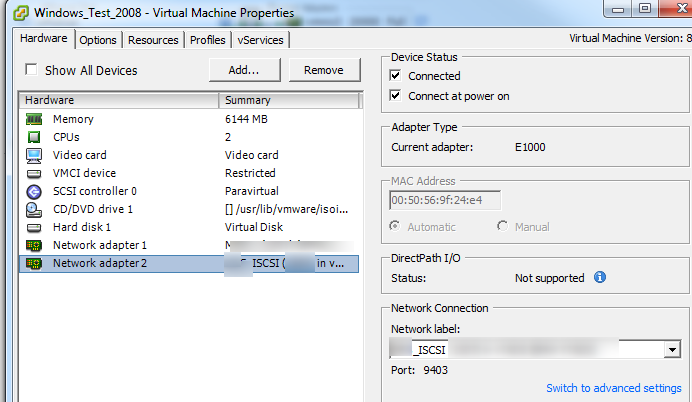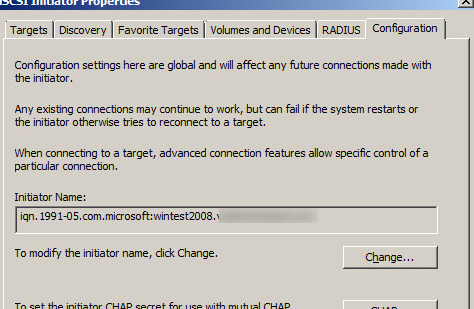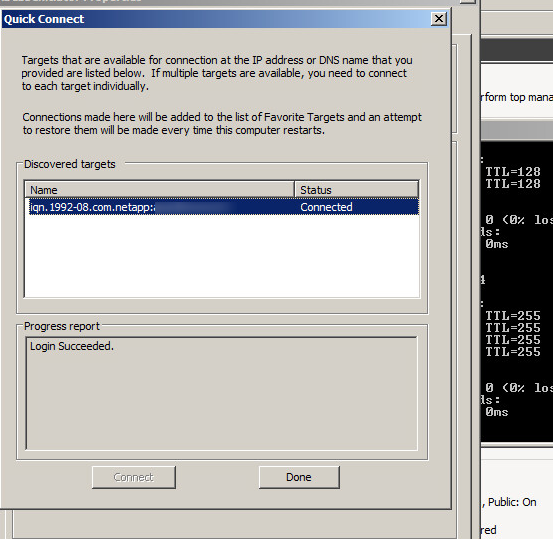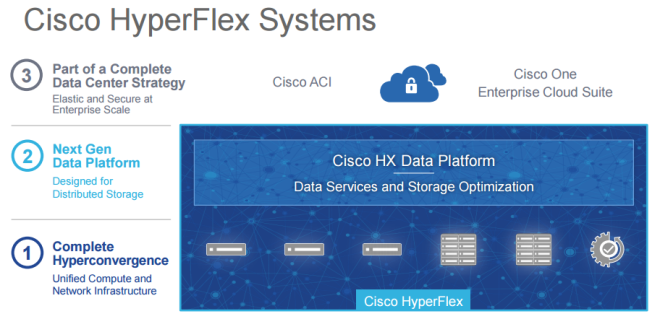I have an issue recently where I had to remove a volume from within a NAS client subclient so that I could move it to another location within our environment. Due to the limitations within Simpana10/SnapProtect v10 it’s not possible to select the volume and delete the related snapshots to clean up the subclient. The backup jobs need to be deleted to remove the snapshots. As there are multiple volumes within the same subclient deleting the jobs would delete the snapshots for all volumes, not just the one I need to clean up. Given this, there is only one option and that’s to break the relationships in DFM and clean up the volume manually.
Step 1: Go the the OnCommand server and run dfpm dataset list
C:\Users\derek>dfpm dataset list
Id Name Protection Policy Provisioning Policy Application Policy Storage Service
———- ————————— ————————— ——————- ————————— —————
2927 CC-SnapProtect-XX_SC-45 SnapProtect Back up, then mirror CC-SnapProtect-XX_Copy-66
3072 CC-SnapProtect-XX_SC-46 SnapProtect Back up, then mirror CC-SnapProtect-XX_Copy-66
2935 CC-SnapProtect-XX_SC-39 SnapProtect Back up, then mirror CC-SnapProtect-XX_Copy-70
7011 CC-SnapProtect-XX_SC-42 SnapProtect Back up, then mirror CC-SnapProtect-XX_Copy-70
41601 CC-SnapProtect-XX_SC-72 SnapProtect Back up, then mirror CC-SnapProtect-XX_Copy-70
2811 CC-SnapProtect-XX_SC-7 SnapProtect Back up, then mirror CC-SnapProtect-XX_Copy-74
20149 CC-SnapProtect-XX_SC-68 SnapProtect Back up, then mirror CC-SnapProtect-XX_Copy-102
25497 CC-SnapProtect-XX_SC-83 SnapProtect Back up, then mirror CC-SnapProtect-XX_Copy-110
26575 CC-SnapProtect-XX_SC-102 SnapProtect Back up, then mirror CC-SnapProtect-XX_Copy-124
26094 CC-SnapProtect-XX_SC-98 SnapProtect Back up, then mirror CC-SnapProtect-XX_Copy-124
31037 CC-SnapProtect-XX_SC-122 SnapProtect Back up, then mirror CC-SnapProtect-XX_Copy-128
31650 CC-SnapProtect-XX_SC-41 SnapProtect Back up, then mirror CC-SnapProtect-XX_Copy-130
31654 CC-SnapProtect-XX_SC-72 SnapProtect Back up, then mirror CC-SnapProtect-XX_Copy-130
42833 CC-SnapProtect-XX_SC-59 SnapProtect Mirror, then back up CC-SnapProtect-XX_Copy-136
45647 CC-SnapProtect-XX_SC-128 SnapProtect Back up, then mirror CC-SnapProtect-XX_Copy-145
46010 CC-SnapProtect-XX_SC-127 SnapProtect Back up, then mirror CC-SnapProtect-XX_Copy-147
46084 CC-SnapProtect-XX_SC-43 SnapProtect Back up, then mirror CC-SnapProtect-XX_Copy-151
59566 CC-SnapProtect-XX_SC-4 SnapProtect Back up CC-SnapProtect-XX_Copy-159
Step 2: Pick the dataset you want to manage and display the relationships in DFM suing the dataset list -m command
C:\Users\derek>dfpm dataset list -m 42833
Id Node Name Dataset Id Dataset Name Member Type Name
43325 Primary data 42833 CC-SnapProtect-XX_SC-59 qtree primary_controller:/users/-
2244 Primary data 42833 CC-SnapProtect-XX_SC-59 qtree primary_controller:/backup/-
3165 Primary data 42833 CC-SnapProtect-XX_SC-59 qtree primary_controller:/ctx/-
42965 Mirror 42833 CC-SnapProtect-XX_SC-59 volume local_aux_controller:/SP_ctx
51886 Mirror 42833 CC-SnapProtect-XX_SC-59 volume local_aux_controller:/SP_users
42968 Mirror 42833 CC-SnapProtect-XX_SC-59 volume local_aux_controller:/SP_backup
52126 Backup 42833 CC-SnapProtect-XX_SC-59 volume remote_aux_controller:/SP_users
43084 Backup 42833 CC-SnapProtect-XX_SC-59 volume remote_aux_controller:/SP_ctx
43087 Backup 42833 CC-SnapProtect-XX_SC-59 volume remote_aux_controller:/SP_backup
Step 3: DFM Backup and CommServe DB Backup
dfm backup create backup_file_name
Run a DR backup in SnapProtect/Commvault
You can also capture a snapshot in vCenter also just to be sure
Step 4: Run dfpm dataset relinquish <id of secondary resource you want to remove> to break the relationships in DFM.
dfpm dataset relinquish 43087
dfpm dataset relinquish 42968
Step 5: Then, edit the dataset and remove the secondary resource if it is still part of the dataset via the Management Console
Step 6: In SnapProtect remove the volume from the subclient so that it’s no longer backed up.
And that’s that. You can now use the volume in other storage policies without it impacting another configuration
